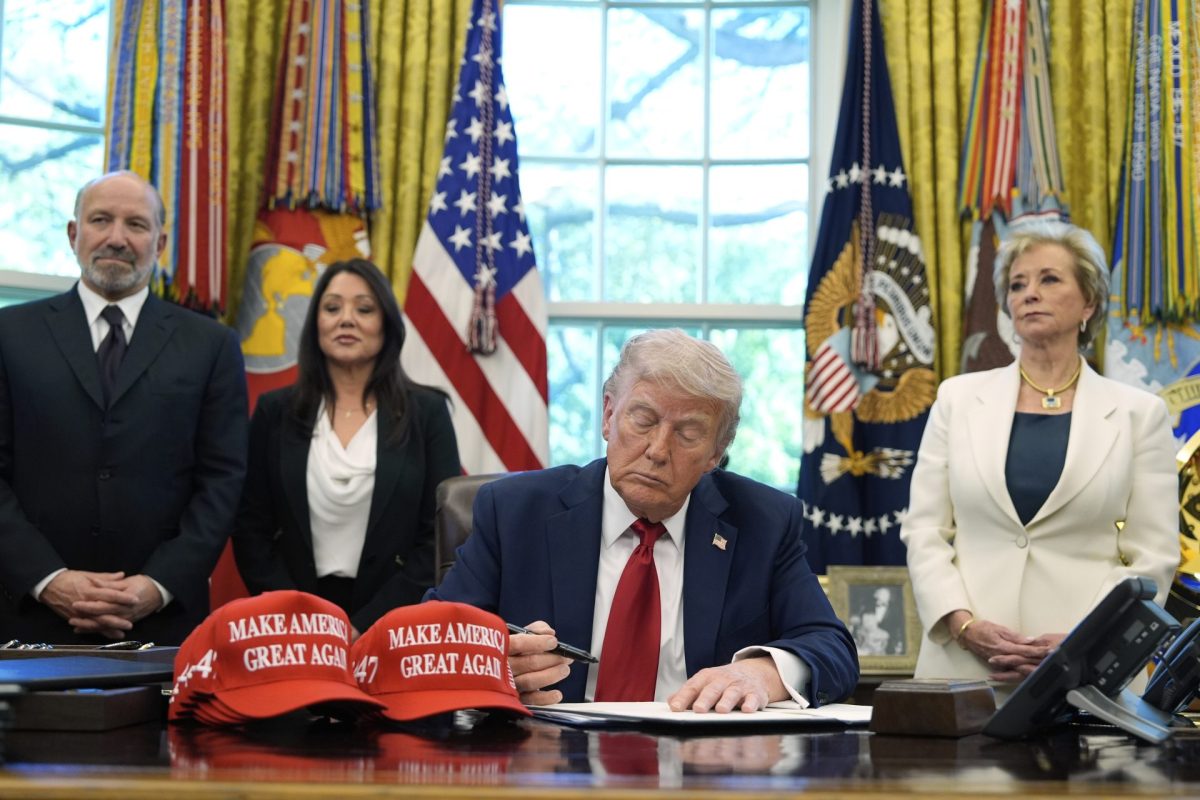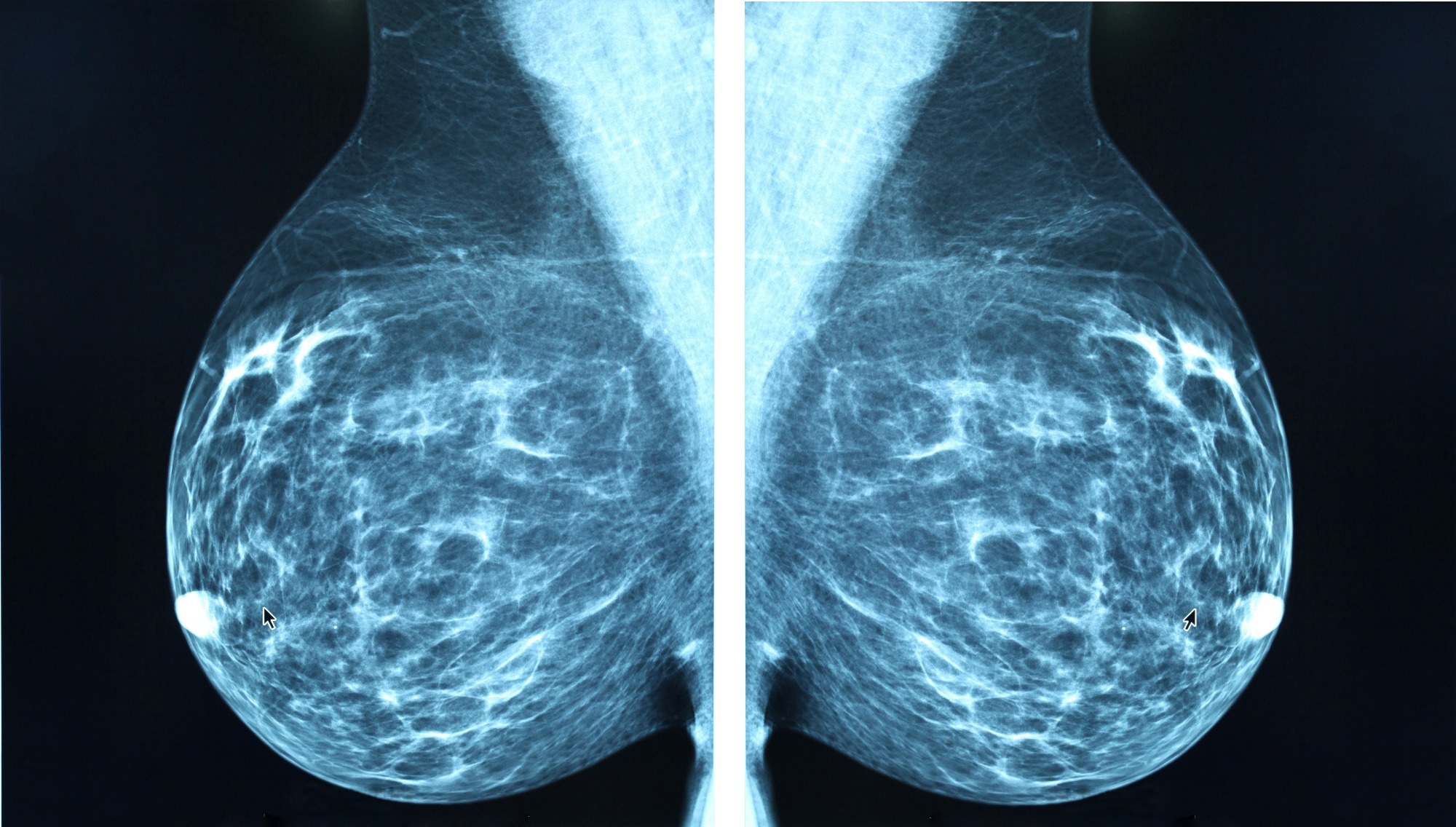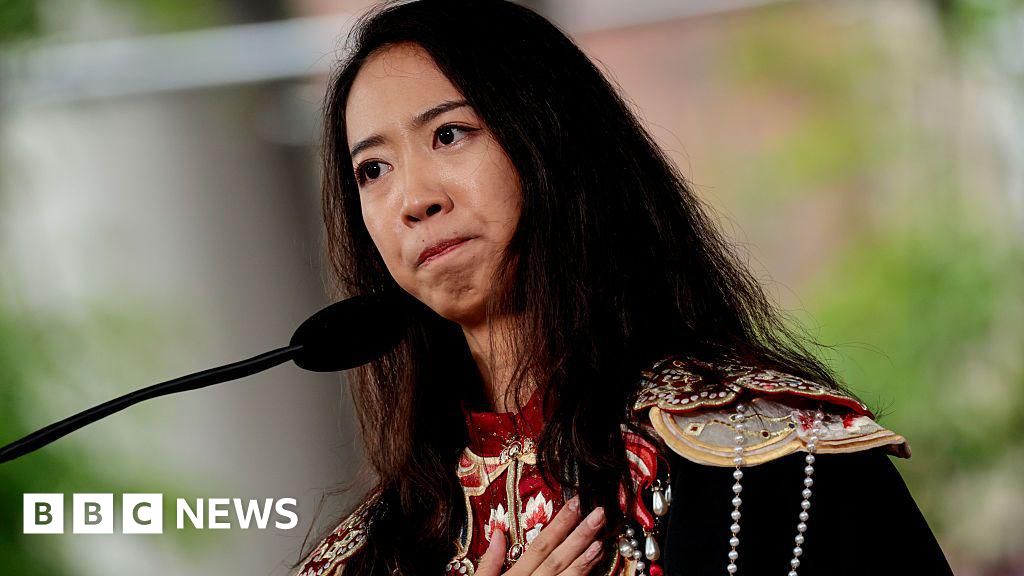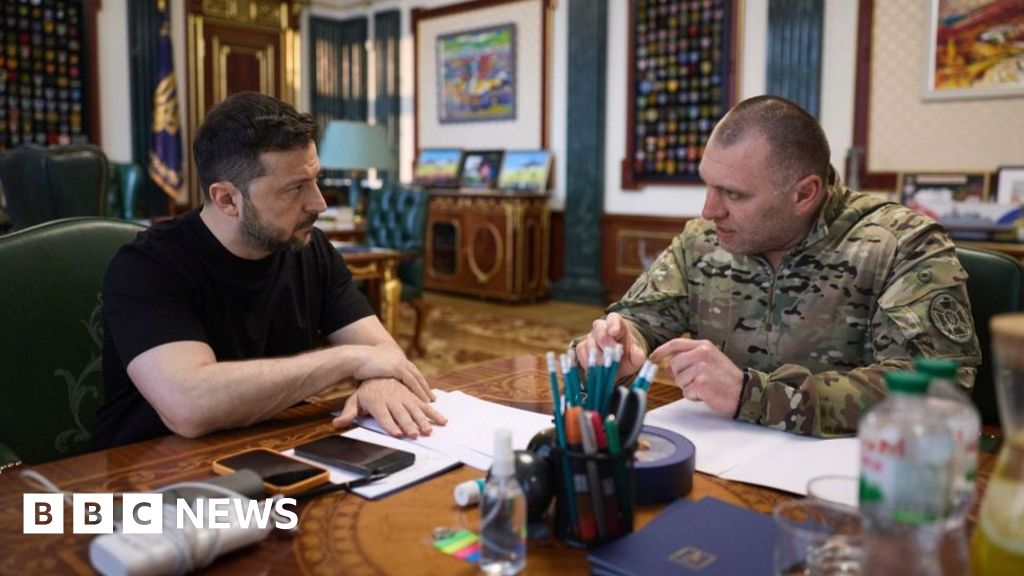President Donald Trump signs an executive order regarding education in the Oval Office of the White House, Wednesday, April 23, 2025, in Washington, as Commerce Secretary Howard Lutnick, Labor Secretary Lori Chavez-DeRemer and Education Secretary Linda McMahon watch.
President Donald Trump signed an executive order mandating the integration of artificial intelligence into K-12 education, claiming a need to prepare students for the future.
The initiative, aimed at nurturing AI literacy from an early age, suggests collaboration between the Department of Education and private tech companies to develop age-appropriate curricula and teacher training programs.
While the order has been praised for its forward-thinking approach, educators and students alike are divided on what such a policy could mean for young learners.
John Penny, a sophomore at DePaul studying secondary education, said early AI instruction could serve as a valuable tool — if used responsibly.
“I do believe AI should be incorporated into the K-12 curriculum to guide students in using AI proficiently and effectively,” Penny said, “but not in the way that is commonly used by students today, which includes writing entire assignments and completing quizzes.”
Critics, however, caution that without safeguards, overexposure to technology at an early age could hinder development and reduce authentic engagement with learning.
As this policy begins to take shape, school districts, educators and curriculum developers will face the challenge of balancing innovation with the fundamentals of education — including creativity, critical thinking and human connection.
Furthermore, concerns about AI undermining traditional educational values persist. Annie Matchinga, a student counselor at St. Clement School in Chicago, is concerned that reliance on AI tools could stunt students’ cognitive development.
“My worry is the loss of critical thinking and problem-solving skills for students if they rely on AI technology to complete assignments,” Matchinga said. “Ultimately, (that leads to) their loss of learning.”
Meredith Cline, a fourth-year DePaul student studying peace, justice and conflict studies, has facilitated lesson planning and activities as a teaching assistant for students ages 7-9 at William P. Elementary School and Volta Elementary School. She also stressed the need for AI education to also include digital literacy and awareness of its limitations.
“If Trump is signing an executive order that AI education needs to be taught, it should also be in the sense of creating awareness of the harms that it’s doing as well,” Cline said. “Kids still need to be able to be creative and have their own ideas, and AI can easily get in the way of it.”
Not only will the executive order mandate students to learn AI technologies, but also that puts pressure on educators to learn how to teach it.
“I see AI receiving heavy resistance from older teachers and school boards, as it’s such a foreign concept to many,” Penny said. “I think currently, teachers are not educated enough to teach AI to others, but with time, and of course more education, they will be able to get it done.”
Section 1 of the executive order says, “To achieve this vision, we must also invest in our educators and equip them with the tools and knowledge to not only train students about AI, but also to utilize AI in their classrooms to improve educational outcomes.”
The executive order signals a shift in national priorities, connecting technological advancement directly to education policy.
The executive order also states, “Early learning and exposure to AI concepts not only demystifies this powerful technology but also sparks curiosity and creativity, preparing students to become active and responsible participants in the workforce of the future.”
As AI technology rapidly evolves, tools like ChatGPT remain imperfect and should not be treated as a fully reliable source, according to United Nations University.
Cline recognizes the appeal AI holds for younger generations.
“I think kids are interested in technology and AI can be a tool to learn,” Cline said. “But some kids may have a huge avenue to find misinformation and may trust outlets like ChatGPT as a (reliable) source.”
Related Stories:
- DePaul researcher finds that K-12 teaching is increasingly dangerous
- Provost Salma Ghanem to step down following the next academic year
- DePaul’s class of 2029 navigates the orientation process
Stay informed with The DePaulia’s top stories,
delivered to your inbox every Monday. The DePaulia is DePaul University’s award-winning, editorially independent student newspaper. Since 1923, student journalists have produced high-quality, on-the-ground reporting that informs our campus and city. As the funding model for journalism changes, we rely on reader support more than ever. Your donation helps us fund the reporting that keeps our community informed. Donations are tax deducible through DePaul's giving page. Click the button below to donate.Support Student Journalism!









 English (US) ·
English (US) ·